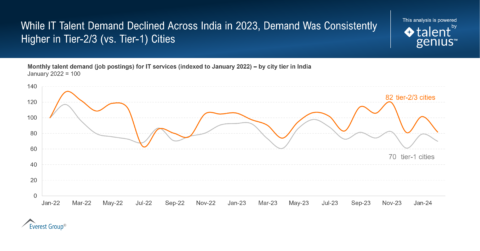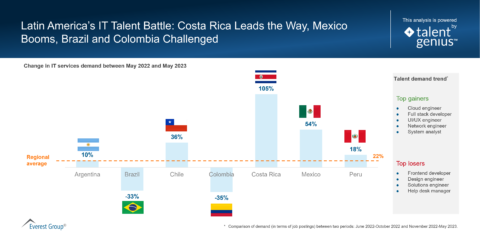Reimagine growth at Elevate – Dallas 2025. See the Agenda.
Filter
Displaying 1-10 of 40
Key Issues 2024: Creating Accelerated Value in a Dynamic World | Webinar
On-demand Webinar
1 hour
Trends Shaping the Talent Market in 2024: How Enterprises Can Create a Competitive Edge | Webinar
On-demand Webinar
1 hour













